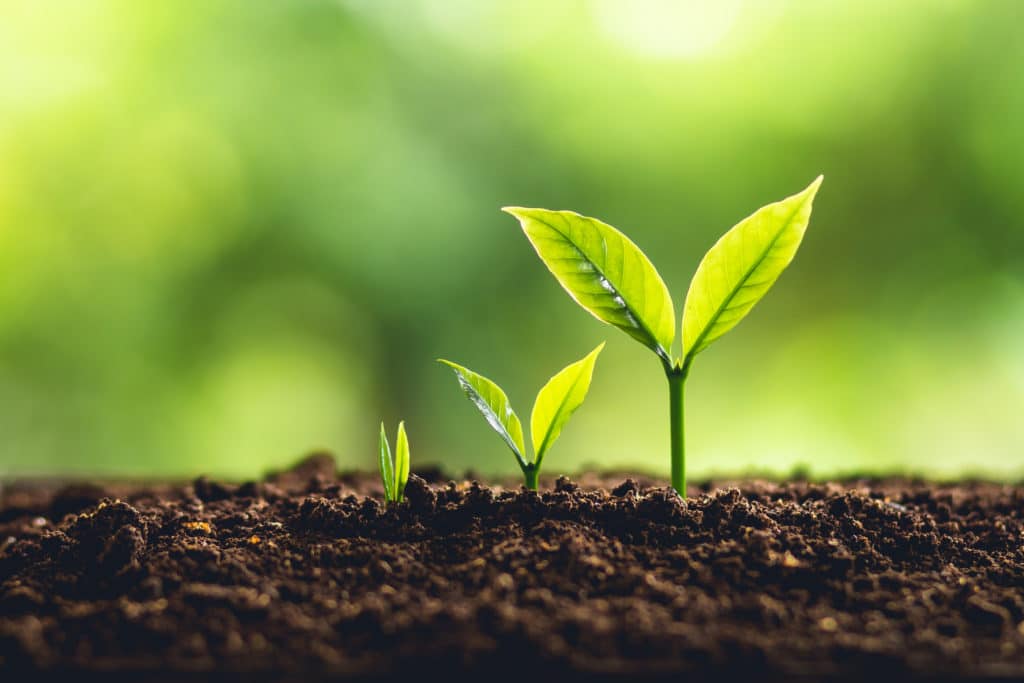
I once observed a classroom where a teacher attempted to gain the attention of a classroom actively and excitedly engaging in a science experiment by using her loudest voice possible to announce, “USE YOUR QUIET VOICES IN SCIENCE!” Her command blended in with the noise. I remember thinking to myself, “Who exactly does that rule apply to – the teacher, the students, or both?” The teacher was desperately attempting to regain control when she was unable to demonstrate control herself.
During these times, teachers all desperately want to bring about change, regain control, and create a safe and peaceful space for students. To this end, many teachers are asking what they can do to create a culturally responsive classroom that is representative and inclusive of all students. But, like the teacher yelling over her students, if we focus on what our students need to know or do, we can lose the powerful component of asking ourselves, what can I do differently? Before we seek strategies to create a different experience for students, we have to do the hard work of taking personal stock of our own ignorance, indifference, or contribution to the problem. How can we begin to change things for the children who will be our future if we as adults don’t fully understand or confront the problem ourselves?
This question has been on my mind for weeks now and has led me to confront other difficult questions: How have I been a part of the problem? Have I simply turned to instituting “best practices” in a shallow way because I didn’t want to dig deeper? Have I seen, listened, and understood, or merely watched, heard, and felt? How did it come to this, and have I behaved in ways that allowed it to happen? How can I change? These questions have not always generated answers that were pleasant or that I have wanted to face. It has caused me to question many decisions and admit mistakes. But the truth of the matter is: if you don’t have these uncomfortable feelings, you may not be looking hard enough. Growth can be ugly, but we can’t sit in comfort anymore.
Therefore, as I sit in this seat as a white educator, what do I have to say about what is happening and what we can do? What I have to say is we, white women educators, make up 90% of the teaching field, and we need to do some work on ourselves. As a parent told me when I was a principal: “Get your own house in order before you try to tell me how to run mine.” She was right. Before we can think about ways to create culturally responsive classrooms, we need to do some hard work addressing our own beliefs, inherited narratives, and biases. And we need to REALLY do the work – not attend a one-hour professional development course to solve a problem that is over 500 years old. Many of us aren’t ready to institute the gifts of educators like Zaretta Hammond because the seeds of wisdom she offers can’t take root in shallow soil. We can’t just sprinkle these practices, pat ourselves on the back for doing something, and wait and hope the next generation magically gets it. We need to dignify the problem with the attention it deserves. So, what can we do?
There is a Spanish proverb that states, “More grows in the garden than the gardener knows he planted.” As we are closing out this school year and turning our sights to the next school year, we need to think about what kind of garden we want to plant and all the things that grow there – both the intended and unintended. This summer is the perfect time to ready the garden by beginning the work of attending to the changes we need to see in ourselves so we can make sure our words and actions speak as powerfully as the pedagogy we employ. Let’s make sure we live by the rules of acceptance, justice, and equity before we place that burden on a new generation. Our black and brown children can’t endure any more generational wait-and-see.
Written by Karen Poplawski, Director of Programs at CRS